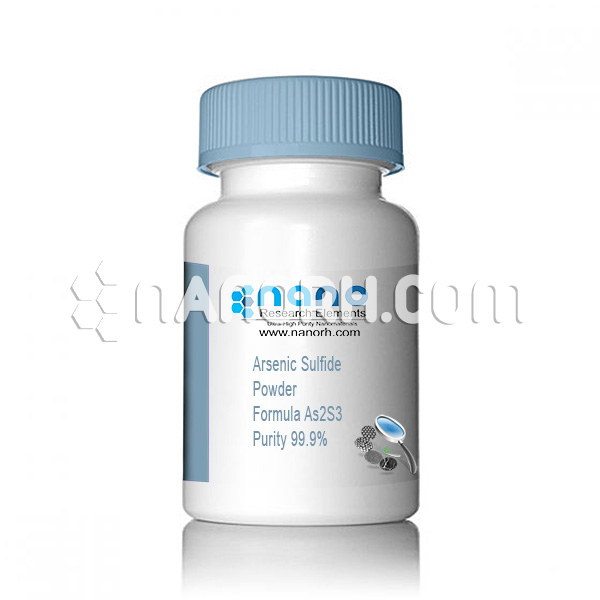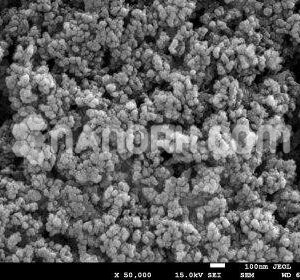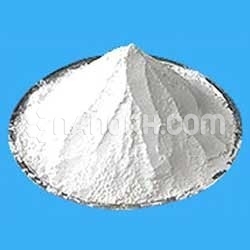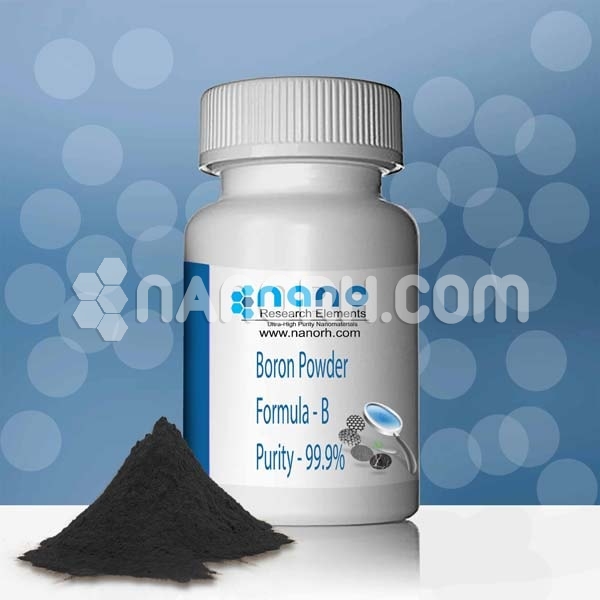| Arsenic Sulfide Powder | |
| Product No | NRE-11017 |
| CAS | 1303-33-9 |
| Purity | 99.9% |
| Formula | As2S3 |
| APS | <40 µm (Can be Customized) |
| Color | NA |
| Molecular Weight | 246.03 g/mol |
| Density | 3.43 g/mL |
| Melting Point | 300°C |
| Boiling Point | 707°C |
Arsenic Sulfide Powder
Arsenic sulfide, also known as orpiment, is a rare mineral that has been used for various purposes throughout history. While it is not commonly used in modern applications due to its toxic nature, it has found limited use in some traditional and niche industries. Some of the applications of arsenic sulfide powder are as follows:
Pigments and Dyes: Historically, orpiment has been used as a pigment in various art forms. Its vivid yellow-orange color has been utilized in traditional Chinese and Indian paintings as well as in ancient Egyptian murals. However, due to its toxicity, its use in modern pigments and dyes is limited.
Traditional Medicine: In certain traditional medicinal practices, arsenic sulfide has been used in small quantities for treating certain ailments. It has been historically used in Ayurveda and Traditional Chinese Medicine for various purposes, including the treatment of skin diseases, joint pain, and digestive disorders. However, the use of arsenic compounds in medicine has been largely phased out due to their toxic nature.
Semiconductor Industry: Arsenic and its compounds have been used in the semiconductor industry, primarily in the production of certain types of diodes and transistors. However, due to its toxic properties and the availability of alternative materials, its use has decreased over time in this industry as well.
Pyrotechnics: Arsenic sulfide has been historically used in pyrotechnic applications, especially in the production of yellow or white fireworks. However, its use in modern pyrotechnics has significantly decreased due to safety concerns and the availability of alternative, safer compounds.
Insecticides and Pesticides: Arsenic compounds were used in some older insecticides and pesticides, primarily in agricultural applications. However, their use has been largely discontinued due to their high toxicity and the development of more effective and less harmful alternatives.




